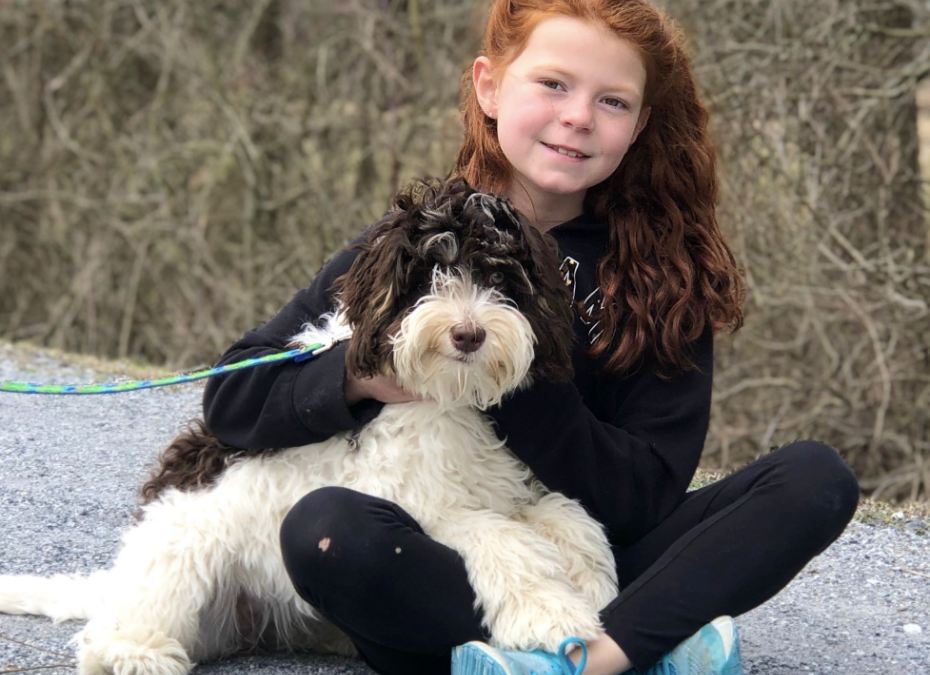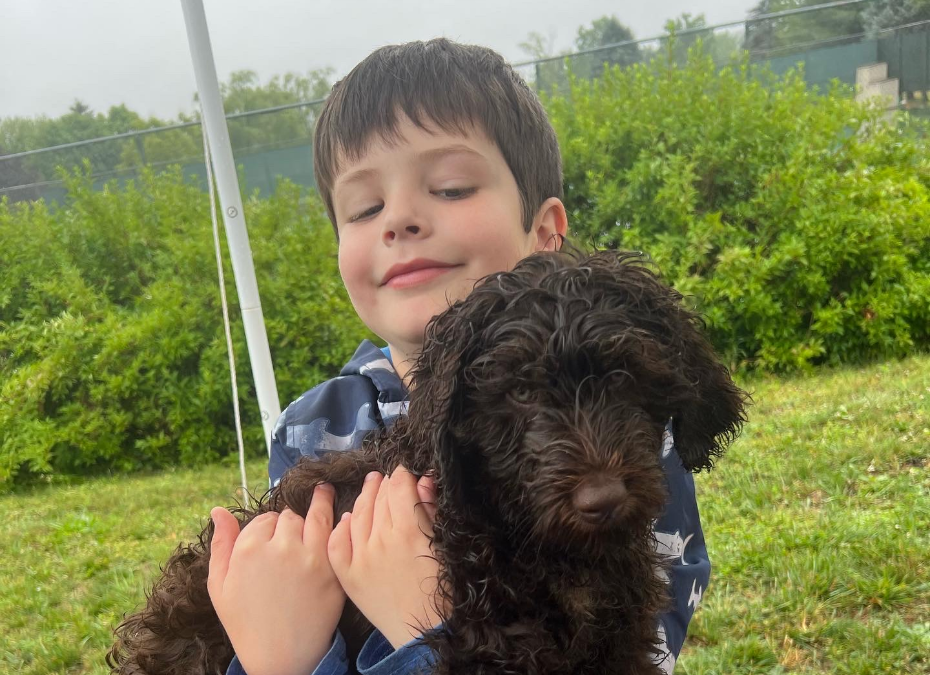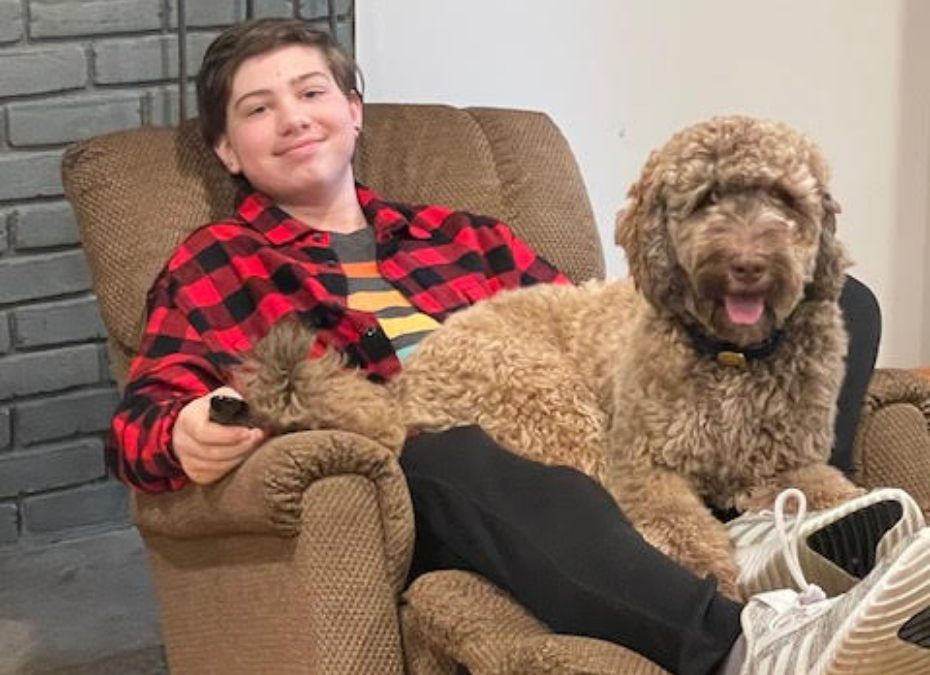By Maple Lane Doodles
•
March 3, 2024
Not all dogs like each other, just like not all people like each other, and that’s okay. They’re allowed to pick their buddies. Some dogs need time to adjust before they’re willing to play while others have never met a stranger, but how do you know if the dogs like each other? Here are some signs to watch for. Tails up, wagging and lose body posture are great signs. They might circle each other, sniffing butts (there are scent glands there that identify your dog). This is fine for a few circles, but don’t let it continue beyond a few seconds or if one dog seems uncertain or sits down. Play bows (butt up in the air, front paws extended, elbows bent, tail thumping) are how dogs say, “Let’s wrestle! And if I bite too hard, I don’t mean it!” Off-leash greetings are always better as something about the leash can spark tensions for some. You can leave the leash on in case its needed, but drop it so the dogs can interact. Stiff posture or growling are signs to back off and separate. Use a happy, cheerful voice, especially if you are concerned about how it’s going. A walk is a great introductory activity. Pups get time to indirectly get to know each other while working together toward a common goal (the walk). A gate is another way to let pups that aren’t sure about each other get to know each other. Normal play often involves standing on their hind legs, wrestling with their front legs, and biting at each other. They’ll take a break, shake it off, and start again. Yawning and shaking their bodies are ways that they lower tension and tell each other that they aren’t a threat. Dogs should always have the space to escape or take a break. Don’t punish them for needing that. A growl is a warning. Listen to their warning. Help them get out of the situation safely. Dogs whose warnings are repeatedly ignored may escalate.







